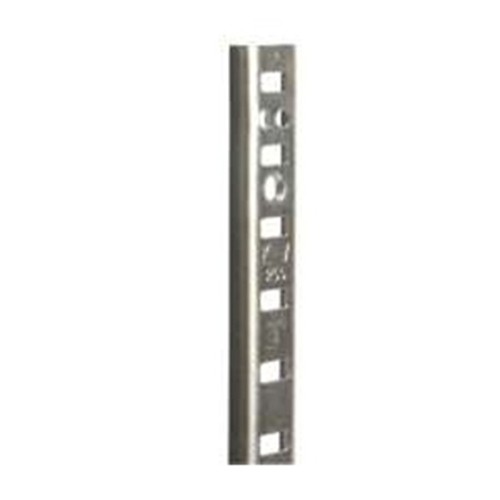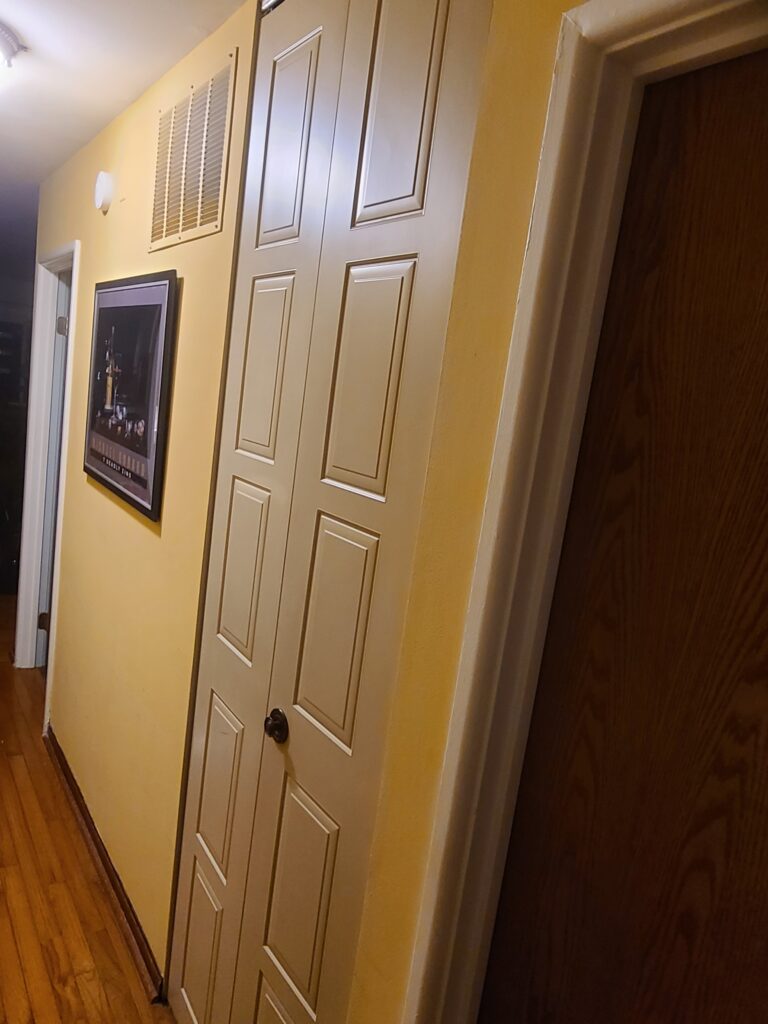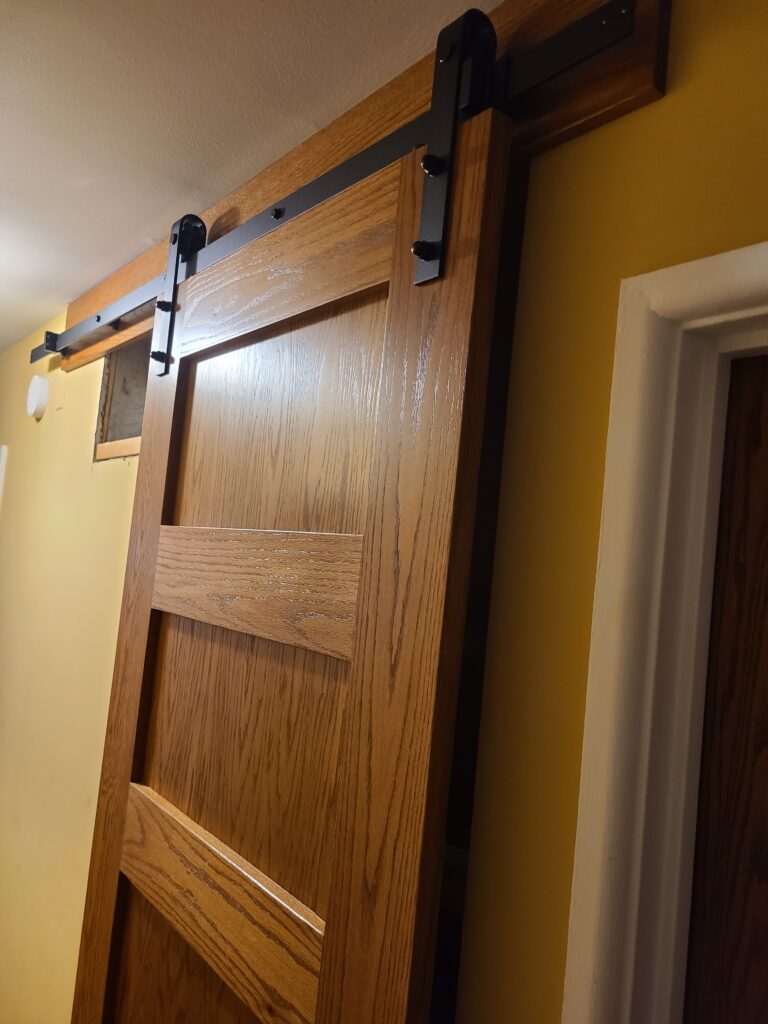Let us talk of the marvels of woodworking and the ancient art of joinery. The joining of two pieces of wood has been an age-old problem for craftsmen, artisans, and do-it-yourselfers since the dawn of time. However, there is one technique that has stood the test of time – Kreg pocket holes.

But what, pray tell, are Kreg pocket holes? To answer this question, we must first delve into the intricacies of joinery. Joinery is the method of joining two pieces of wood together using various techniques such as dowels, mortise and tenon, and biscuits. While these techniques are tried and true, they can be difficult and time-consuming for novice woodworkers.
This is where Kreg pocket holes come in handy. Kreg pocket holes are a method of joinery that allows for a simple and easy connection between two pieces of wood. They work by drilling a pocket hole at an angle into one piece of wood and then attaching it to the other piece using a specialized screw.
The pocket hole itself is a small pocket or cavity that is created by drilling a hole at an angle into the wood. The angle is typically around 15 degrees and is designed to allow the screw to go in at an angle, which creates a strong and secure connection between the two pieces of wood.
But how does one go about creating these wondrous pocket holes? Fear not, for Kreg has provided a specialized jig that helps you drill the pocket hole at the correct angle and depth every time. This makes the process quick and easy, even for beginners.
Using Kreg pocket holes can save you a lot of time and frustration compared to traditional joinery techniques. It’s also a great way to create a professional-looking finish without any visible screws or nails.
Furthermore, Kreg pocket holes can be used in a variety of woodworking projects such as building cabinets, bookcases, and even outdoor furniture. The possibilities are endless!
But what sets Kreg pocket holes apart from other types of joinery? The answer is simple – strength and durability. The angled screw that is used in Kreg pocket holes creates a strong and secure connection that is much stronger than a traditional butt joint or dowel joint.
In conclusion, Kreg pocket holes are a game-changer in the world of woodworking. They provide a simple and easy way to join two pieces of wood together while also providing strength and durability. So the next time you’re working on a woodworking project, consider using Kreg pocket holes for a professional-looking finish that will stand the test of time.














 Do Not Sell My Personal Information
Do Not Sell My Personal Information